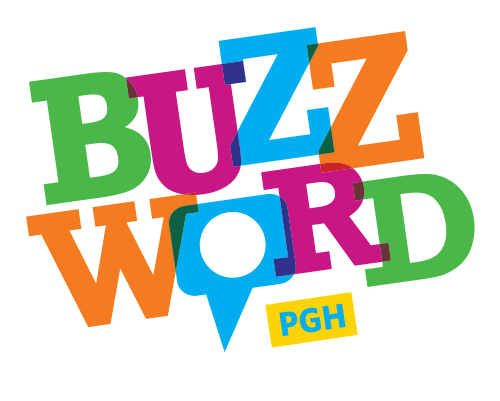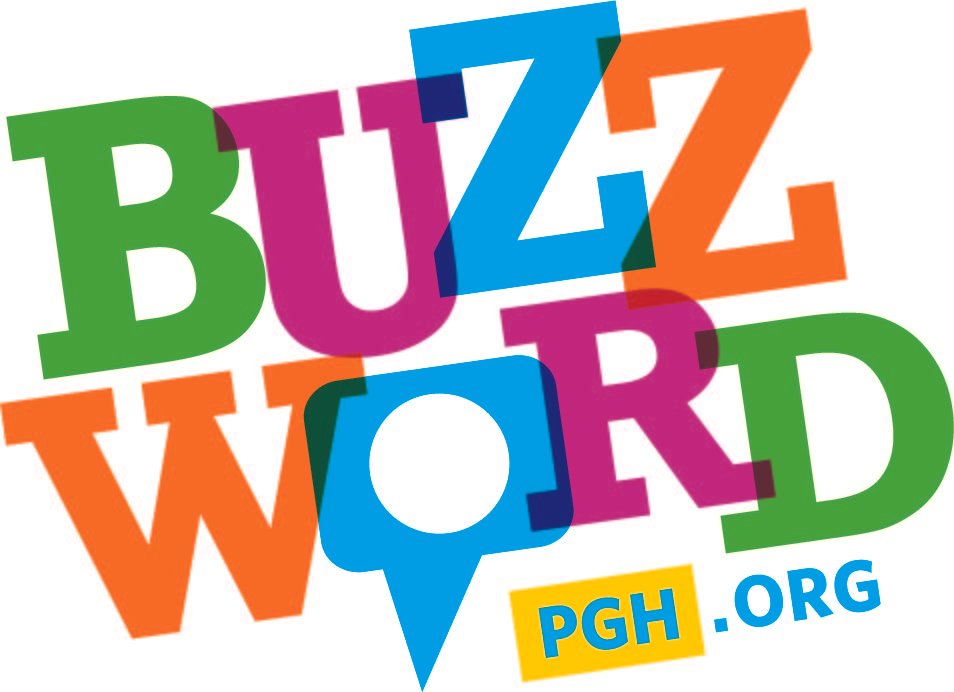Dyslexia Awareness Month: Common Signs and Resources for Early Readers
Dyslexia Awareness Month (October) is a unique opportunity for parents and caregivers to garner more understanding of the specific signs of dyslexia for their young children and explore early intervention for their early reader. Early intervention is key in diagnosis of the learning disability, and how best to approach individual solutions for their children.
The specific signs of dyslexia vary according to the age and educational level of the child. A five-year-old who may not be able to quite learn letters can evolve into a six-year-old who cannot match sounds to letters. This pattern can continue well through adulthood without proper diagnosis and attention to different methods of literacy learning.
The earliest clues that a young child may be experiencing dyslexia involve mostly spoken language. The very first clue to a language (and reading) problem may be delayed language.*
Common Signs of Dyslexia for Preschool Age Children**
In the context of early childhood literacy, it's important to be aware of the signs of dyslexia so that early intervention and support can be provided. Some common signs of dyslexia in young children include difficulty with:
Rhyming: Difficulty recognizing or producing rhyming words.
Letter Recognition: Trouble learning and recognizing letters of the alphabet.
Phonemic Awareness: Difficulty recognizing and manipulating the individual sounds in words.
Fluent Reading: Reading slowly and with many mistakes.
Spelling: Making frequent spelling errors, even with common words.
Reading Comprehension: Difficulty understanding what was just read.
Early intervention for children with dyslexia is crucial. Research-based interventions, such as structured literacy programs, can help children with dyslexia learn to read and write effectively. These interventions are often most effective when started in the early years of schooling, ideally in kindergarten or first grade.
Additionally, it's essential for educators and parents to create a supportive and understanding environment for children with dyslexia. With the right resources, accommodations, and encouragement, children with dyslexia can achieve academic success and develop a love for reading and learning.
Early Literacy Dyslexia Resources for Families
Here is a listing of resources for parents and caregivers surrounding dyslexia and early intervention for young readers, or children ages birth to five:
Understanding Dyslexia, Improving Literacy
A Reading Teacher Makes a Case for Early Dyslexia Screening, Education Week
Why is Early Intervention so Important for Kids with Dyslexia?, Improving Literacy
Common Signs of Dyslexia, Reading Rockets
Clues to Dyslexia in Early Childhood, Reading Rockets
How to Teach Kids With Dyslexia to Read, Child Mind Institute
International Dyslexia Association Fact Sheets, International Dyslexia Association
*Clues to Dyslexia in Early Childhood, Reading Rockets, S. Shaywitz
**Common Signs of Dyslexia, Reading Rockets, International Dyslexia Association


